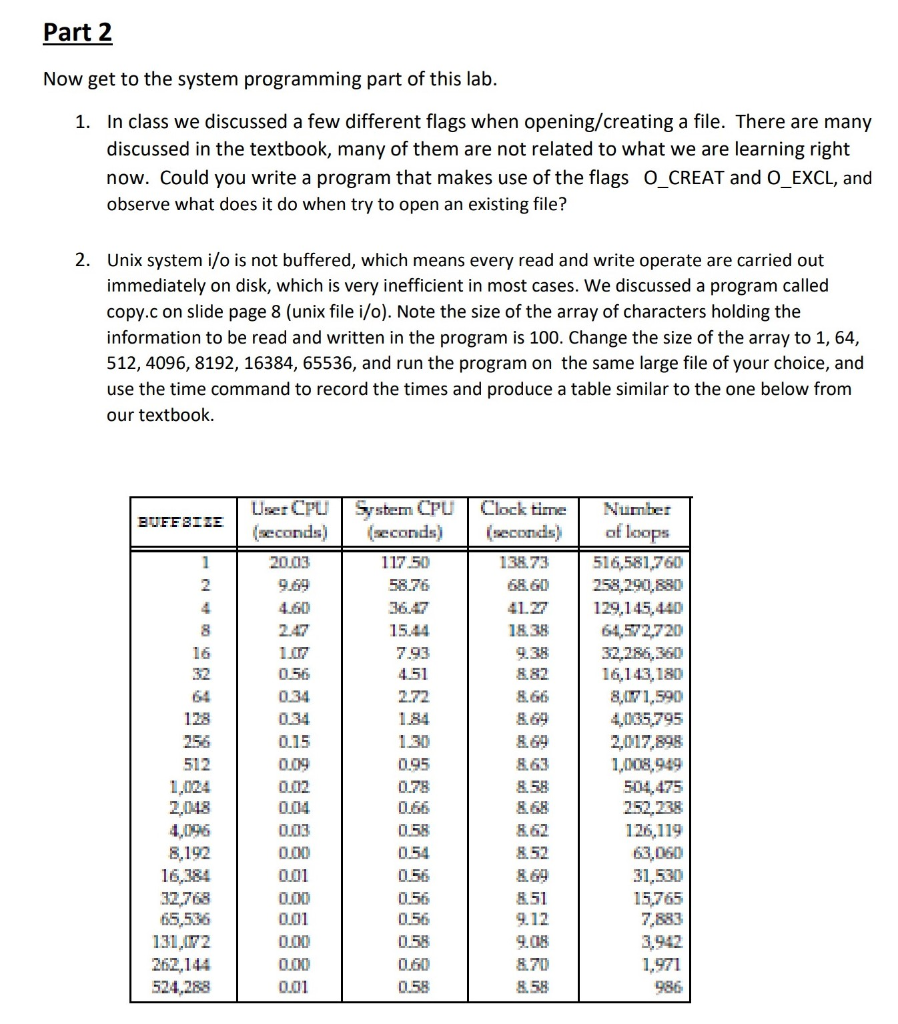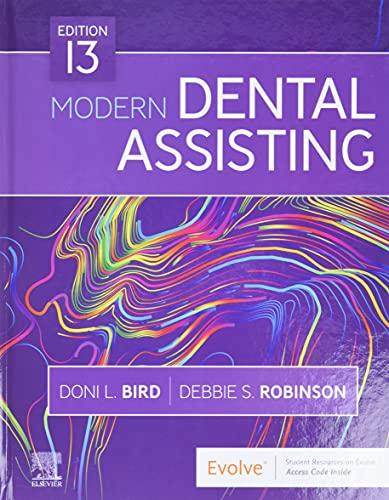Question
1. Complete question 2 in Part 2 of lab 1. 2. Study the linux/unix command cat to understand its basic functionality. 3. Study the attached
1. Complete question 2 in Part 2 of lab 1.
2. Study the linux/unix command "cat" to understand its basic functionality.
3. Study the attached source code (mycat.c) which implements the "cat" command using standard I/O functions.
4. Rewrite the attached mycat.c program in 3 using read, write, open and close (System I/O functions) instead of the standard I/O functions.
There is no submissions required for questions 2 and 3. You only need to submit your answers to questions 1 and 4. Specifically, for question 1, you need to submit the table you created using the data you collected, for each different size of the array, attach a screenshot showing the user CPU, System CPU, and Clock time you obtained for that array size on your machine. For question 4, you just need to submit your source code.

Step by Step Solution
There are 3 Steps involved in it
Step: 1

Get Instant Access to Expert-Tailored Solutions
See step-by-step solutions with expert insights and AI powered tools for academic success
Step: 2

Step: 3

Ace Your Homework with AI
Get the answers you need in no time with our AI-driven, step-by-step assistance
Get Started


